Yukon BioBlitz: Strange Things Done in the Midnight Sun
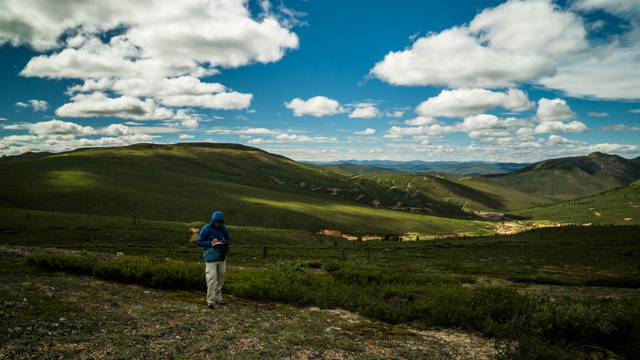
Blog by Stacey Lee Kerr, Biodiversity Storyteller / Creative Producer for the ROM's Centre for Biodiversity
The idea of what “midnight sun” really means is rather obscure to the uninitiated traveller. It doesn’t strike home until you’ve been sitting at a picnic table with some entomologists while they pin bees and flies without anything more than the ambient light, and you realize it’s almost midnight when it looks and feels more like 8pm. It’s a wonderfully bizarre sensation that I was able to experience when I travelled to Carmacks, Yukon a few weekends ago to participate in the Carmacks BioBlitz. Organized by the Biological Survey of Canada in partnership with the Yukon Conservation Centre and Environment Yukon, this was the first time a bioblitz had ever been done in this area.
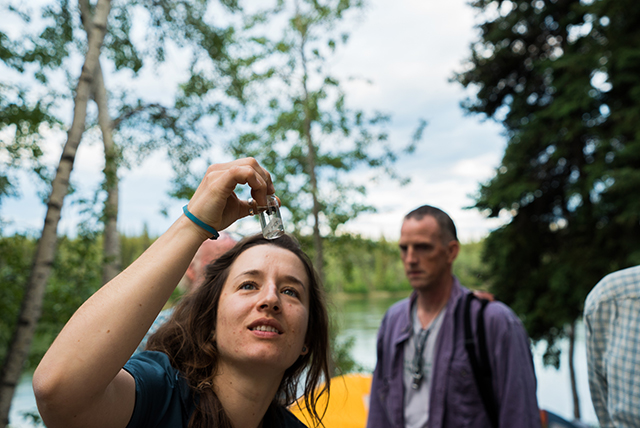
The event saw 50-60 scientists, students, naturalists, and the public surveying the biodiversity of this incredible location at the edge of “unglaciated Beringia” - an area of the North American continent that was untouched by the ice sheets during the Pleistocene Ice Ages. Being at the edge of Beringia, the landscape we explored for the blitz was still deeply influenced by a history of ice. Hills and formed by terminal moraines and mounds of glacial till, as well as valleys carved by meltwater dominate the area. The long, bouncing and winding drive up mining roads into the Dawson Range to visit the closest stretch of unglaciated Beringia is a breathtaking view of these features, which slowly but distinctly give way to the smoother, older surfaces of mountain peaks that have been worn down only by time.
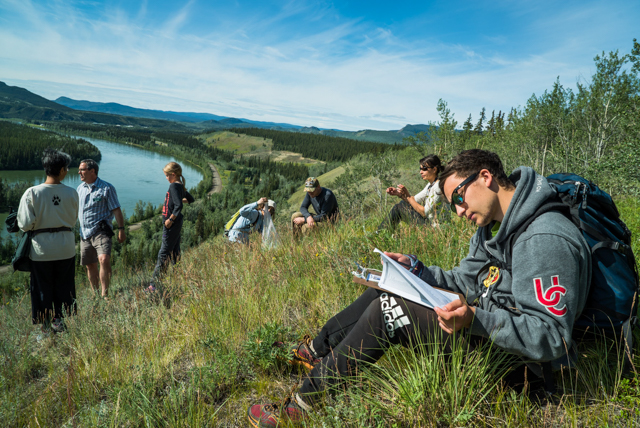
The Yukon is an incredible place to have a bioblitz. Not only for its stunning landscapes, but also for its people. There are the residents, most of whom have found their way to the territory by choice rather than birth, as well as the frequent visitors - the intrepid scientists who return year after year to continue to study and unravel the secrets of life in this unique landscape. Besides clearly having mountain goat blood in order to roam around the slopes and hills of the region with ease, they are a sturdy, welcoming group of people who have a deep love for and understanding of the lands that they (or their study species) call home.
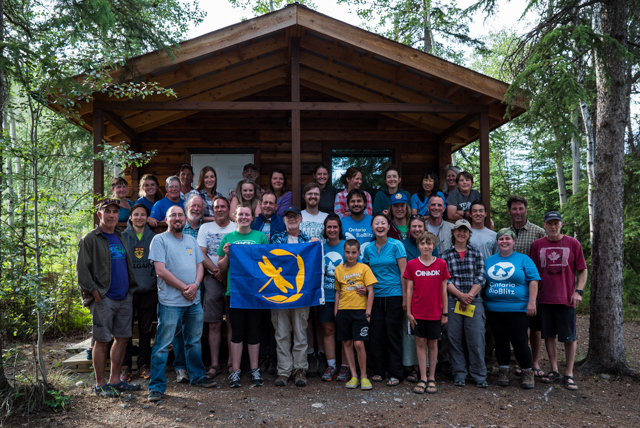
Events like bioblitzes allow them to share this passion and knowledge with others, while also providing a chance to collect important data. Verified records for species in the area surveyed during the Carmacks blitz were quite sparse for a number of species. But after having all of us descend upon the slopes with field guides and butterfly nets in hand, there will be a whole dataset of information that provides georeferenced species occurrences. This type of data is used to help determine the ranges of plants and animals, provide insights for determining protected areas, and with issues like climate change and invasive species, can help show if the species being found in the area, or their ranges, are changing.
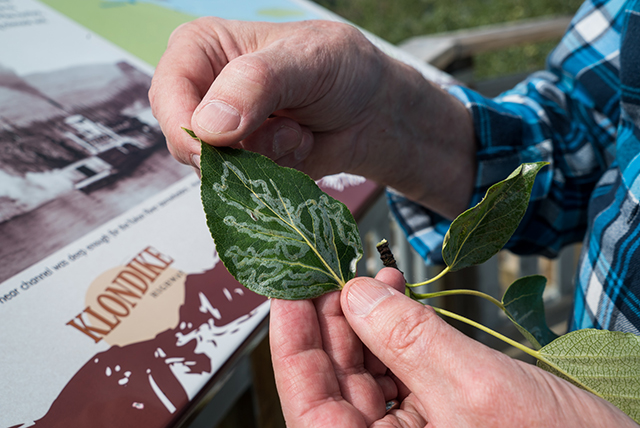
The following are a series of photos that will give you a bit of a taste of what we experienced during the Carmacks BioBlitz. You might see some familiar faces in the photos too - The ROM’s Senior Curator of Entomology Doug Currie, along with his Post-Doc student Mateus Pepinelli were at the blitz hunting for black flies. ROM Entomology technician Antonia Guidotti and her family were there too, stopping in Carmacks to participate midway through their vacation road trip around the Yukon. You can also still see species being added to the Carmacks BioBlitz iNaturalist page by clicking here.
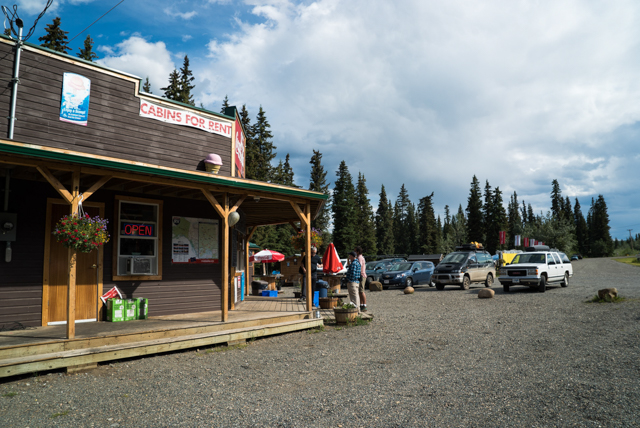
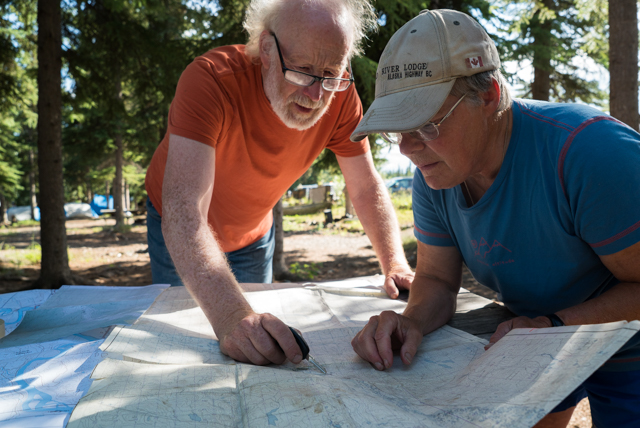
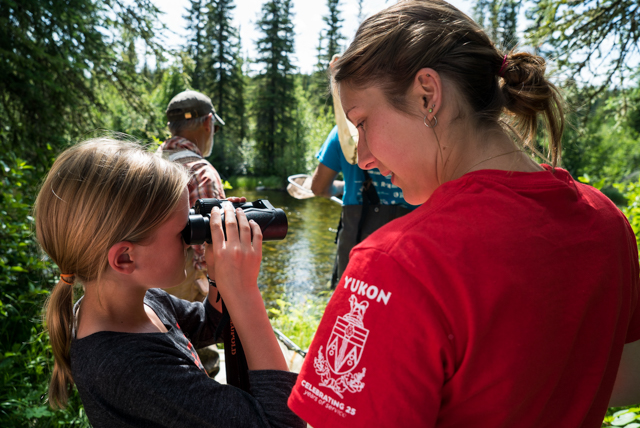
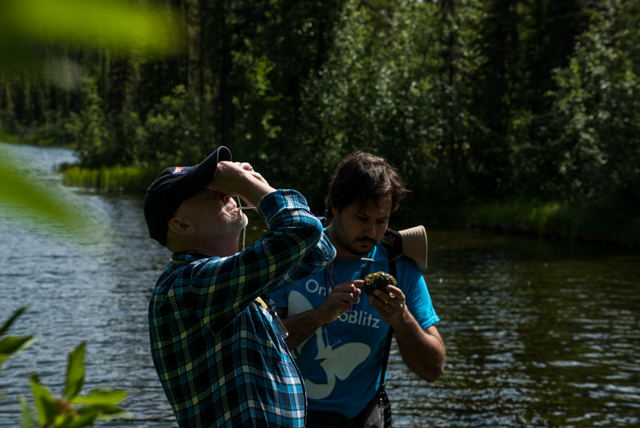
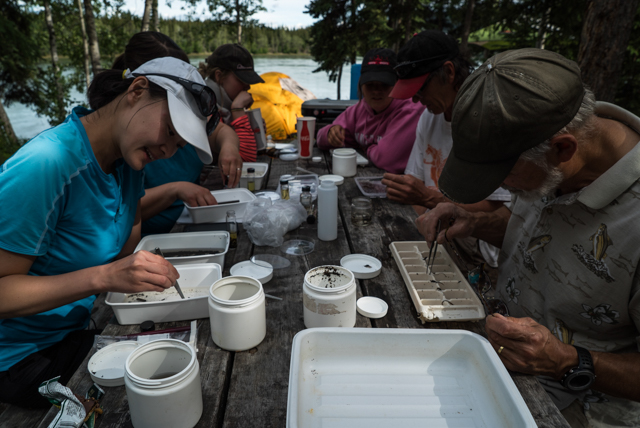
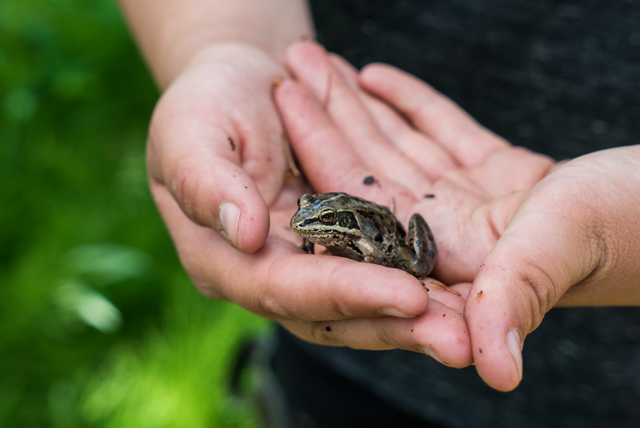
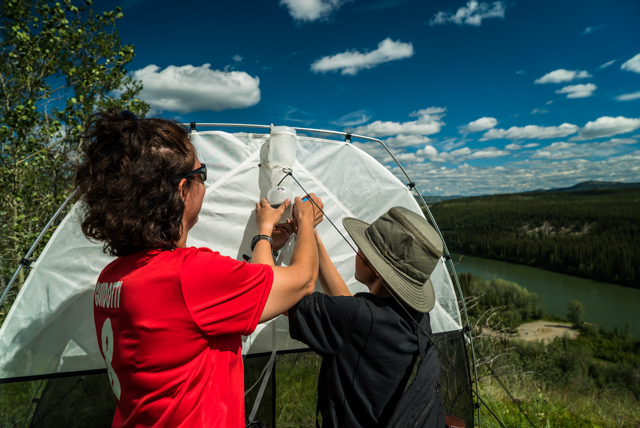
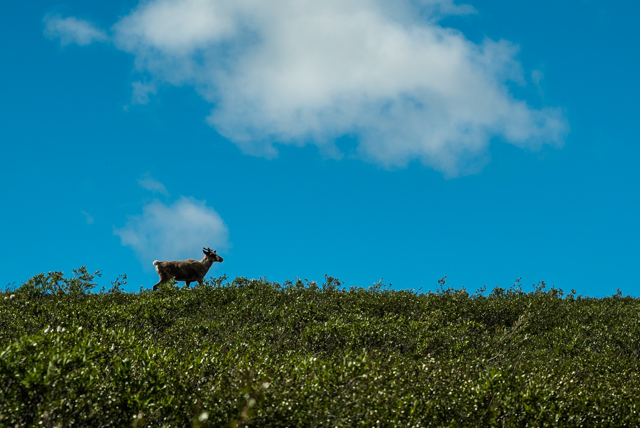
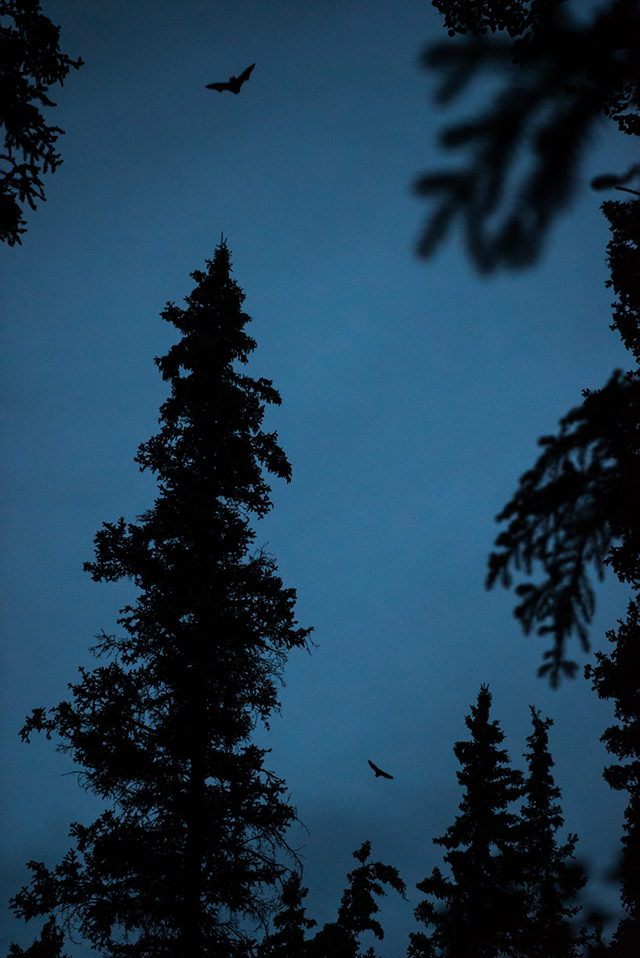
Looking to participate in a bioblitz near you? Check out the Ontario BioBlitz "Growing the Blitz" page for a list of events happening around Ontario, and even across Canada!
